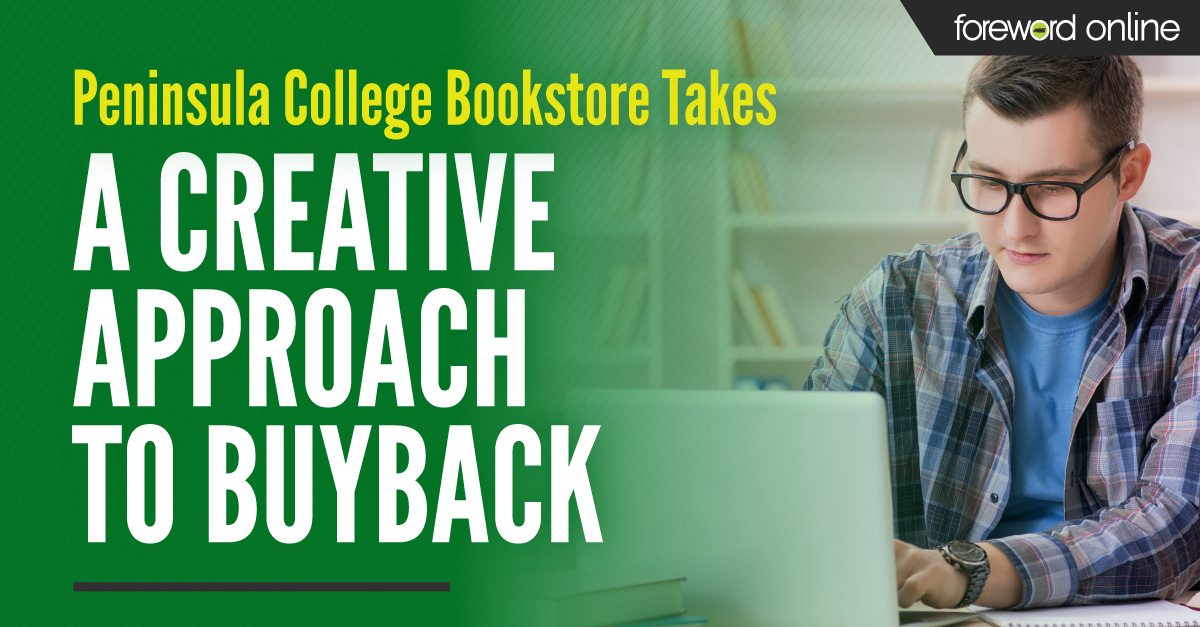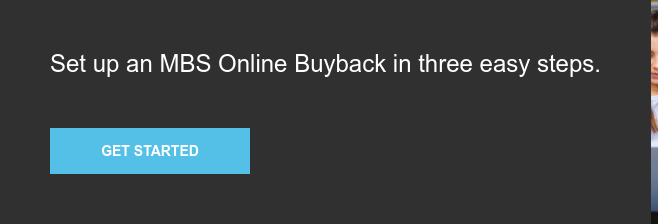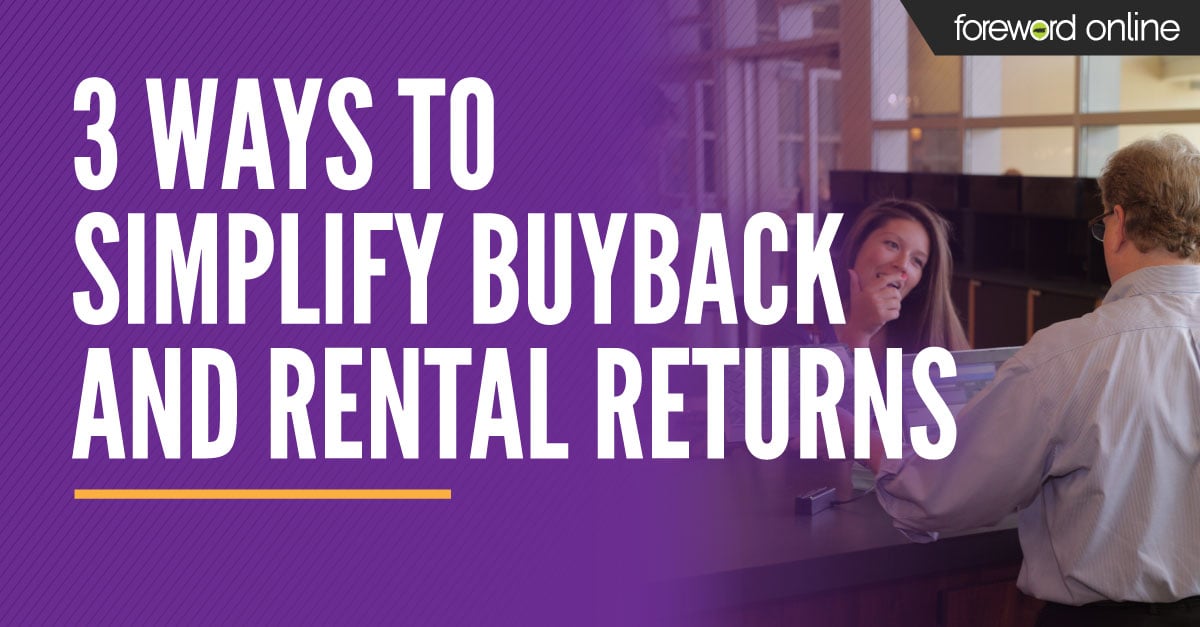Spring and summer buyback were challenging for college stores. Stores needed a plan that would ensure student and staff health and safety and follow local, state and federal guidelines as they constantly evolved. Peninsula College Bookstore looked at the resources available to them and decided to offer students buyback quotes through virtual video chats.
 “We never offered our own buyback, so when we set this up, it was the first time we did it ourselves. When we opened our buyback, students could make an appointment with us. We would set up a Zoom call and go through each book they had to sell back and give them a quote. Then, the students could come to campus and drop off any books that we could buy. This saved students from coming to campus if they didn’t have anything of value,” Peninsula College Director of Enterprise Services Camilla Rico said. “Our store isn’t open, so this has worked out pretty good for us. We are a quarter school, so normally, buyback is right at rush. Because of that, we decided just to leave our buyback open. That way, students can make an appointment any time, but we don’t take appointments during rush because we don’t have the staff. By leaving it open all the time, we can offer buyback to our students, but control for staffing levels.”
“We never offered our own buyback, so when we set this up, it was the first time we did it ourselves. When we opened our buyback, students could make an appointment with us. We would set up a Zoom call and go through each book they had to sell back and give them a quote. Then, the students could come to campus and drop off any books that we could buy. This saved students from coming to campus if they didn’t have anything of value,” Peninsula College Director of Enterprise Services Camilla Rico said. “Our store isn’t open, so this has worked out pretty good for us. We are a quarter school, so normally, buyback is right at rush. Because of that, we decided just to leave our buyback open. That way, students can make an appointment any time, but we don’t take appointments during rush because we don’t have the staff. By leaving it open all the time, we can offer buyback to our students, but control for staffing levels.”
The store has found that students appreciate the Zoom appointments and the extra effort the store is going through to ensure they can recoup some of their textbook costs.
“We really advertised buyback over a three-day period. We scheduled appointments for 15-minute intervals, but most of the appointments didn’t last that long. Students mostly just had a couple books to sell back. Occasionally, there would be the student with like 30 books, but that was rare. For the most part, they just had their quarter’s books,” Rico said. “When COVID started, we were just about to have buyback at the end of March, so that was cancelled. In April or May, we started to try to figure out how we could help the students. Students don’t have money and they weren’t working the way they normally did. So, we really wanted to find a way that at least one thing could be kind of normal for them. They are just incredibly appreciative that they can still sell books back. And, like in a regular buyback, they can always say no. So, if there is a book that is worth $5, they might not want to sell it. Or, if there is a book worth $40, they might jump at the chance.”
One aspect that the store had to figure out was how they would pay students for their books.
“If MBS didn’t offer any money, we would check two other vendors. We would issue gift cards to the bookstore and then sell the books on the backend. Students are coming back with their gift card and using it for next quarter’s books,” Rico said. “It was more difficult to track the follow up. You had to make sure students actually showed up with their books. If someone with a $10 book says they want to sell back that book and they don’t show up, you have to keep track of that somewhere. You have to cancel it with MBS. If you don’t, your numbers will be off. We pre-prepared envelopes for students selling back their books and put the name of the students on them. There was one spot in the store for those envelopes. We could periodically check in and make sure that any envelope not picked up was canceled. Sometimes we would call and remind students, too.”
To setup a buyback like this, a store needs to have a way to host video meetings with students, a clear plan for how students will drop off books and a plan for how students will be paid for those books. One of the reasons why this plan worked so well for Peninsula College Bookstore is that the Zoom calls could be done from anywhere, including from home.
“I was at home doing this. We were mostly all working remote for this buyback. I saved every receipt as a PDF and sent it to the store, so the people there could prepare the envelope,” Rico said. “Other than that, communicating with students has been our biggest challenge. Students need to understand that they actually have to turn in the books to the store. We had students that made appointments from Hawaii, which is great. We can meet virtually, but they have to get the books back here. When you figure shipping, then is the buyback even worth it for them? That was something we learned as we went that we needed to better emphasize to students.
“We used a three-pronged communication strategy. We used Facebook to communicate with students about our buyback. We also asked our school to help communicate with students. And, we used the MBS platform, too. The buyback settings in inSite makes it easy to email the student who purchased their books from the store and tell them what they can get for those books. I modified that email in inSite to include the information about setting an appointment with the store. I am not sure exactly which one yielded the most results, but this was the first time we were able to partner with the school, which was great,” Rico said. “I think we found a pretty successful way to hold a buyback even with our store closed.”





